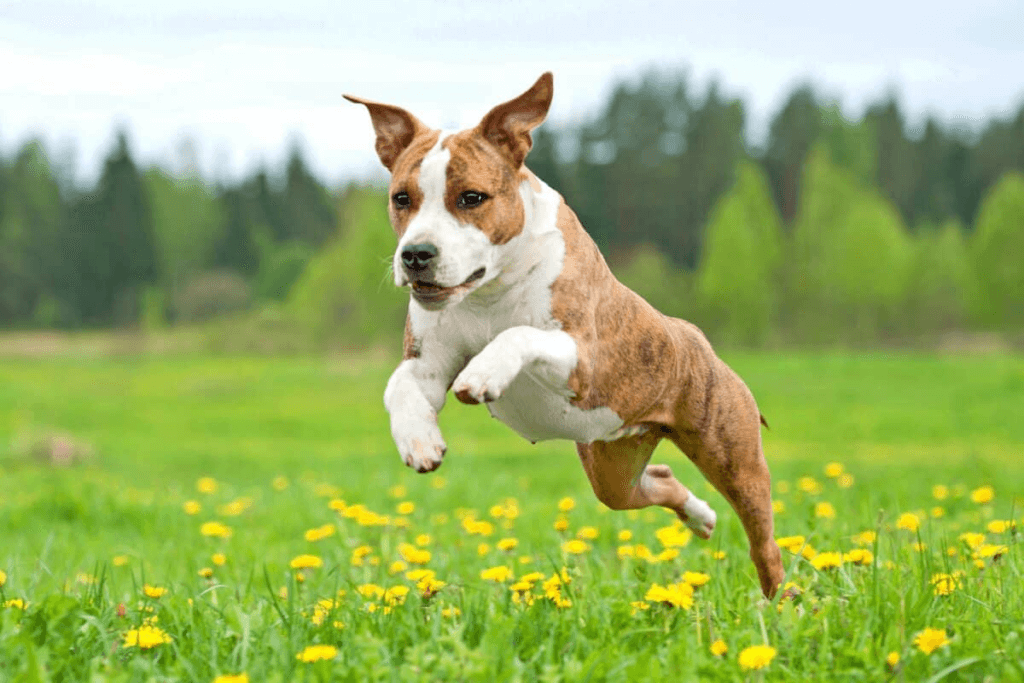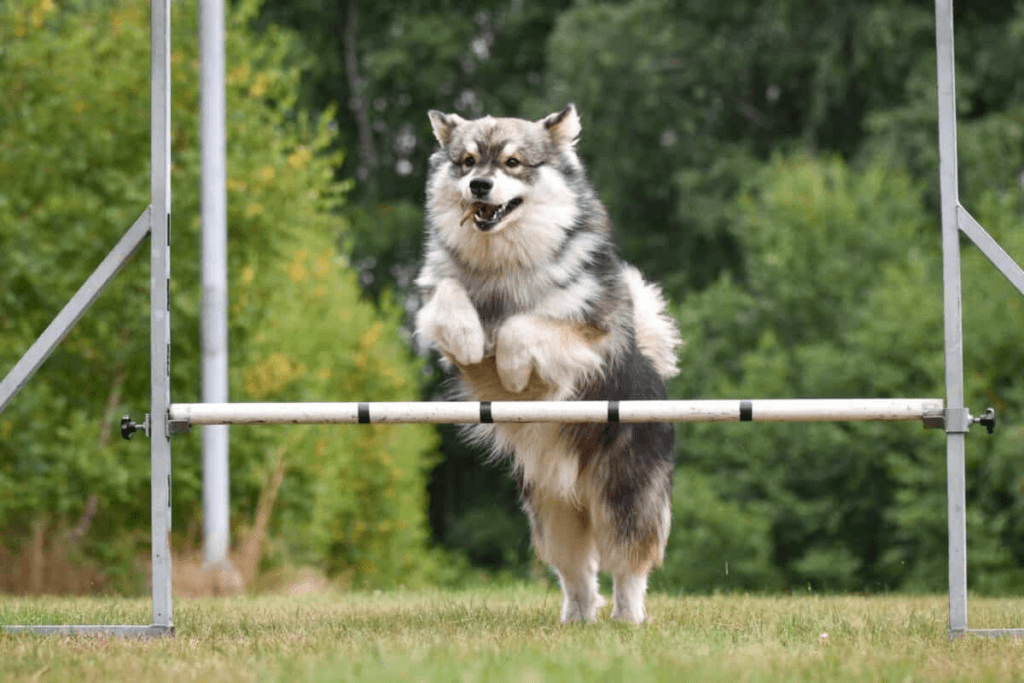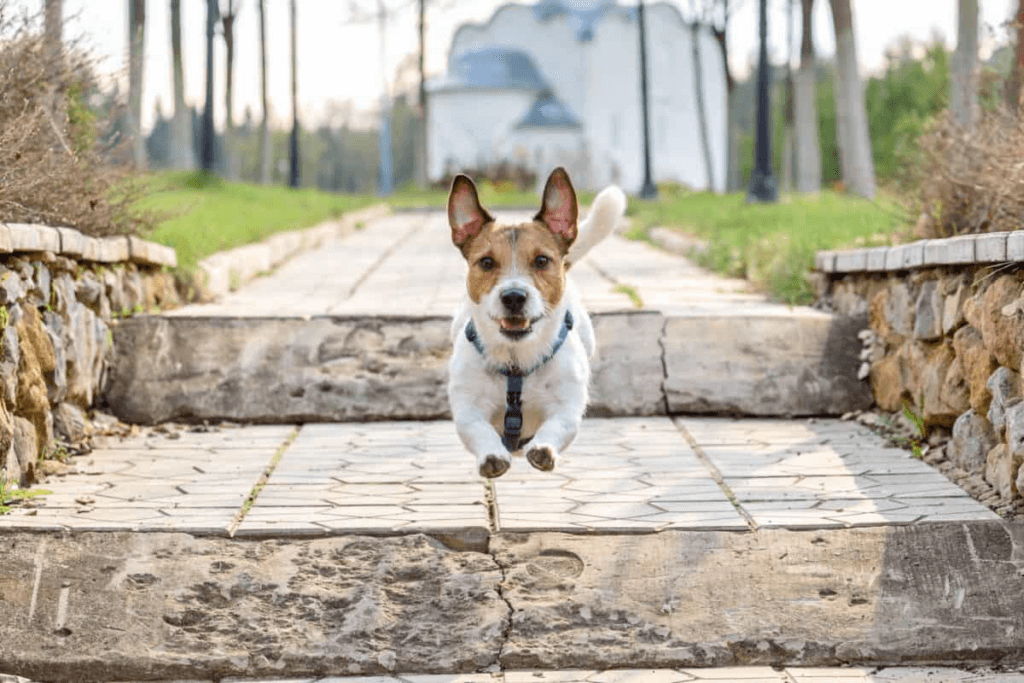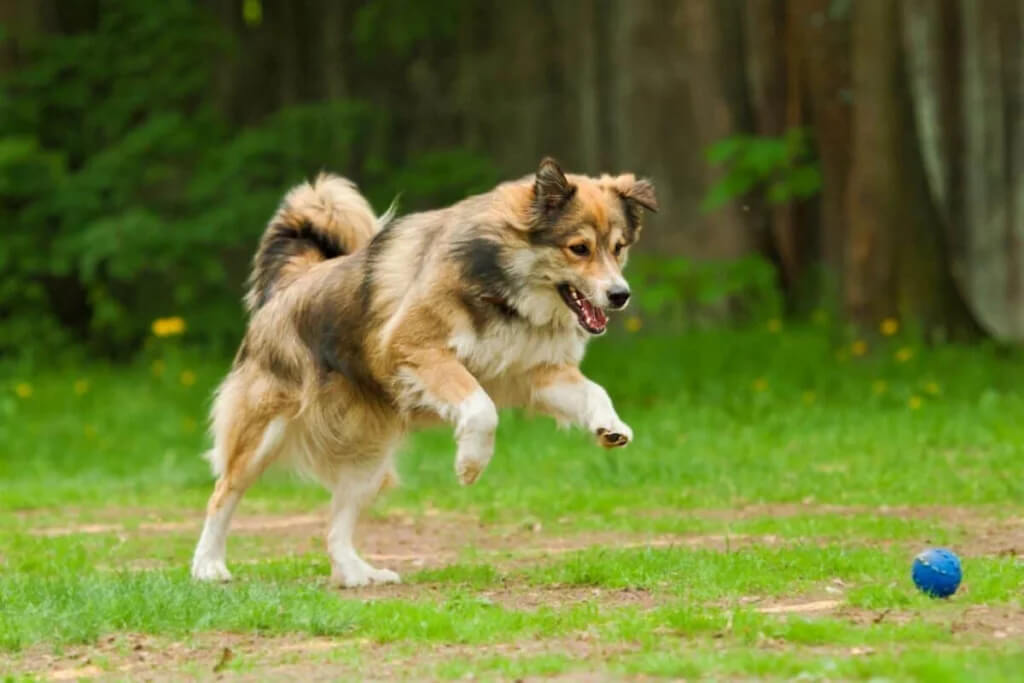If you’re wondering “Why my dog jumped after being spayed?”, we have the answers you’re looking for!
Explore our comprehensive guide to understand the possible reasons behind this behavior and learn how to provide a comfortable and stress-free recovery for your beloved pet.
Should I Worry When My Dog Jumped After Being Spayed?
If your dog jumped after being spayed, you probably don’t need to contact a vet, especially if it’s been days or weeks since the operation.
Unless the wound begins to hemorrhage or your dog whines or displays signs of discomfort. You can also refer to the post-castration care guide here.
Even if your dog shows no signs of serious health after jumping, it’s important not to allow it to continue being physically active to avoid serious issues.
To ensure that the recovery process for spayed dogs goes as smoothly as possible, pet owners can use puzzle games, interactive toys, or smell rugs containing concealed dog treats or crackers.

Read more: How Many Cups Of Dog Food In A Pound
How To Avoid Your Dog From Jumping After Being Spayed?
There are several ways to prevent your dog jumps after being spayed as below:
Carry out the tasks
It is preferable to take your dog up and down the steps or remove any impediments that it must jump over.
If the dog want to jump after being spayed, you also can help it instead of holding its entire weight. Consider moving its dog bed downstairs as well, so it doesn’t have to go up on stairs.
Limit your dog’s access to certain areas
Limiting your dog’s area prevents it from wandering off unsupervised, which is especially important if you’re going to be gone for an extended period of time.
It does not always imply putting your dog in a crate because this environment can be excessively confining. Instead, use baby gates or a tiny room to block the dog from wandering into your home yard.
Choose a short leash
Instead of using a retractable leash, use a short leash. This can be utilized if your dog needs to go pee. It eliminates the possibility of your dog fleeing once it has relieved itself thanks to the sturdiness of the leash.
Limit outdoor activities
It is tough for your dog to adjust to little changes in its routine. Regular walks and playtime are two activities your dog should limit in the restore period.
Please pay attention to avoid saying phrases like “outside,” “park,” or other keywords linked with walks or fun while it is recovering!

Show your dog the view from outside
Dogs, particularly hyperactive ones, enjoy being outside. However, because it is recommended that they spend their time indoors to restore after being spayed, owners might set up a restricted area where enough for the dog can see the outside environment.
Keep your dog occupied
Another technique to keep your dog active is to provide it with food-dispensing toys. This helps stimulate their brain while also keeping boredom at bay. You can also utilize this time to teach skills and activities that don’t involve a lot of physical efforts, such as basic obedience.
Spend relax time together
Any dog can develop post-surgery anxiety, which can cause your dog to become too active after being spayed.
Give your dog lots of cuddles and confidence to make him feel safe. This is just a temporary solution for getting your dog to stop jumping around. You can also think of more inventive ways to keep your hyperactive dog entertained.
On a side topic, the length of time you should keep your dog from being physically active is determined by your veterinarian’s instructions. You need to continue fully aiding your dog until you receive the signal that it may begin returning to its normal activities with less assistance from you.

Why Does My Dog Continues To Jump?
If your dog continues to jump despite your efforts to calm it down, you should investigate the many possible causes of the habit. The following are the most common reasons why your dog bounces around after being neutered:
- Medication: Invasive surgeries, like neutering, require anesthetic to make your dog comfortable during the procedure. After medication takes time to wear off, dogs can feel hurt and jump.
- The shift in hormone levels: When the testicles are removed, the amount of testosterone in the body is disrupted, and the body will need time to adjust to this shift. These hormones influence behavior, this could explain why some puppies have zoomies following spaying.
- A sensation of discomfort or pain: Having your dog’s testicles surgically removed might cause pain in the stomach and vaginal areas. Sitting might be difficult in the first few days, and if your dog is still nervous after having been neutered, bouncing around may be its way of relieving pain.

Read more: Why Beagles Are The Worst Dogs?
In Short
During the time after the dogs are spayed, it is important to restrict a dog’s physical activity to prevent complications and promote healing process.
It is essential for dog owners to follow their veterinarian’s instructions for postoperative care, which may include rest, limited exercise, and close monitoring, to ensure a best and successful recovery for their furry friend.
